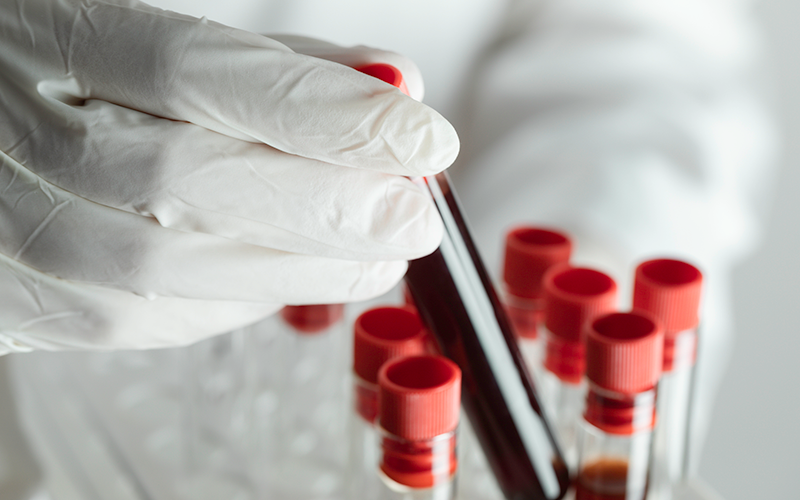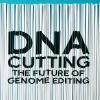Immuno-haematology assays are pivotal to the carrying out of blood grouping, antibody screening and transfusions, and represent a critically time-dependent stage in the patient management pathway.

Unfortunately, performing these tests manually – including running the assays, analysing results, managing reagent traceability, and archiving findings – is a formidable challenge for laboratories, demanding significant time and labour, and specialised expertise. Introducing gel-based automated testing can help to streamline workflows and improve efficiency for enhanced patient care.
The 853-bed Saint-Denis Delafontaine Hospital north of Paris offers a full suite of medical and surgical specialities to a local population of approximately 435,000. The transfusion laboratory sits within the hospital’s haematology department and operates 24/7 to provide a wide range of cytology, haemostasis and immunohaematology testing services. It receives samples from multiple wards on an hourly basis and performs approximately 25,000 blood group and antibody screening tests each year, including direct and indirect antiglobulin tests, single antigen typing and crossmatch testing. Around 2,000 of these samples come from the hospital’s large maternity ward, which sees up to 5,000 births annually.
In the past, routine immunohaematology testing was conducted on an automated system, with blood typing, antibody screening and reagent traceability being performed manually. This was very time consuming and resulted in little walk-away time for technicians. To address these issues, the lab acquired the Bio-Rad IH-500 and IH-1000 Systems with gel ID-Cards, coupled with IH-Com data management software, in 2016. Adopting these benchtop gel-based immunohaematology platforms allowed the laboratory to automate almost all of its testing protocols, freeing up 1.5 FTEs, enabling lab technicians to focus on other important tasks like managing blood deposits. The transfusion lab relies mainly on the IH-1000 for day-to-day, routine testing, due to its high throughput and large reagent capacity. The IH-500 complements this platform by providing a platform for lower-volume, specialist tests – such as antibody identification, extended phenotyping, and compatibility testing – as well as offering redundancy in case of instrument downtime.
The platforms complete analyses rapidly, which is especially important in case of alloimmunised patients or during emergencies, and Bio-Rad gel ID-Card technology is extremely sensitive, leading to high quality and reliable results. Samples can be added continuously – without interrupting a run – for optimised throughput and testing efficiency, and the devices automatically perform weekly maintenance, requiring very little manual input and preventing downtime or testing backlogs. The accompanying IH-Com software automatically archives results, images, reagent lot information and quality controls with full traceability, enabling lab staff to conveniently view information in one central location for straightforward validation, device management, and data transfer.
“We are very satisfied with our gel-based platforms from Bio-Rad, and they give us confidence in the results we provide to clinicians. Coupled with the IH-Com software, the IH-500 and IH-1000 enable us to easily manage our substantial and unpredictable workload, so that we can contribute to the hospital’s high standard of patient care.”
Learn more about the Bio-Rad fully automated systems

Dr Youcef Siad, Head of the Haematology Department, Saint-Denis Delafontaine Hospital




